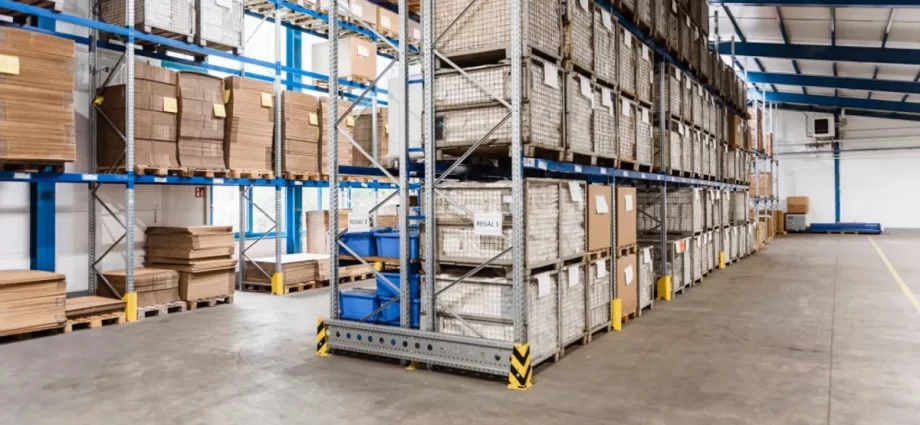Boltless racking systems offer versatile storage solutions for warehouses, industrial facilities, and retail environments. These systems provide efficient organization, easy assembly, and adaptability to various storage needs. However, installing Boltless racking system Malaysia requires careful planning and consideration to ensure optimal functionality and safety.
Space Assessment
Before installing boltless racking, conduct a thorough assessment of the available space. Measure the dimensions of the area where the racking will be placed, including height, width, and depth. Consider factors such as ceiling height and obstructions like pipes or vents. Assessing the space accurately ensures that the racking system fits seamlessly into the environment without hindrance.
Weight Capacity
Evaluate the weight capacity requirements of your storage facility. Boltless racking systems come in various load capacities, ranging from light-duty to heavy-duty options. Determine the types of items you intend to store and their respective weights. It’s crucial to select a racking system that can safely support the anticipated loads to prevent accidents and structural failures.
Durability and Material
Choose boltless racking systems constructed from high-quality materials to ensure durability and longevity. Typically, these systems are made from steel or other sturdy metals to withstand heavy loads and frequent use. Consider factors such as corrosion resistance, impact resistance, and overall robustness when selecting the material for your racking system. Investing in durable racking ensures a reliable storage solution that stands the test of time.
Assembly and Installation
One of the primary advantages of boltless racking is easy assembly without the need for bolts or fasteners. However, it’s essential to follow manufacturer instructions meticulously during installation to guarantee structural integrity and stability. Ensure that all components are properly aligned and securely connected to prevent instability or collapse. If necessary, enlist the help of experienced professionals to ensure the racking system is installed correctly.
Accessibility and Configuration
Consider the accessibility of items stored on the Boltless Rack Malaysia system when planning its configuration. Optimize the layout to facilitate easy retrieval of goods while maximizing storage space. Utilize accessories such as shelves, bins, or dividers to organize inventory efficiently. Additionally, consider factors like aisle width and clearance requirements to ensure smooth navigation within the storage area.
Safety Measures
Safety should be a top priority when installing boltless racking systems. Adhere to industry standards and regulations governing warehouse safety and storage practices. Secure the racking system to the floor or wall to prevent tipping or instability, especially in seismic zones or areas prone to vibrations. Implement load capacity labels and warning signs to communicate weight limits and safety precautions to personnel. Regularly inspect the racking system for any signs of damage or wear and promptly address any issues to maintain a safe working environment.
Future Expansion and Flexibility
Anticipate future growth and changes in storage needs when designing your racking system. Opt for modular boltless racking configurations that allow for easy expansion or reconfiguration as requirements evolve. Select adjustable shelves or accessories that can adapt to varying inventory sizes and shapes. Investing in a flexible racking system ensures scalability and cost-effectiveness over the long term.
Environmental Considerations
Consider environmental factors that may impact the performance of your boltless racking system. For instance, if the storage area is exposed to extreme temperatures or humidity, choose materials and coatings that resist corrosion and rust. Consider environmental regulations and compliance requirements that may affect the selection and installation of the racking system, particularly in industries with specific storage guidelines.

